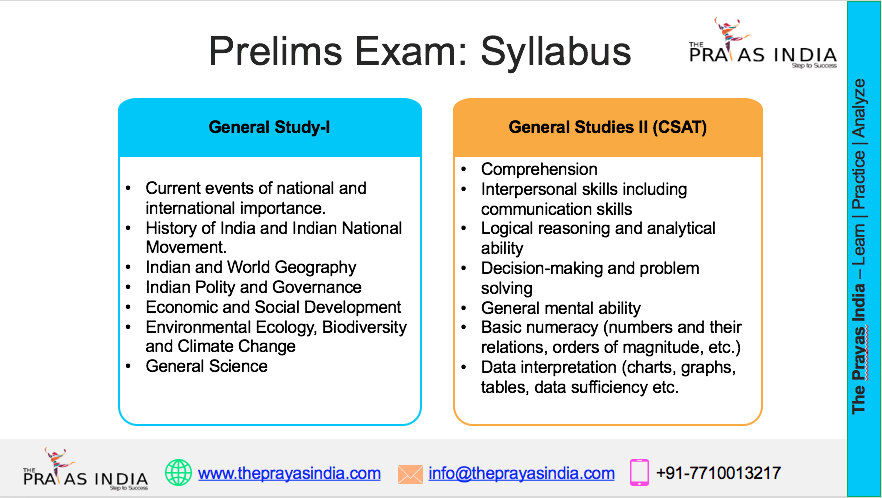Himalayan Ecology at Risk: Concerns Over Char Dham Road Widening Project
Introduction
The ambitious Char Dham all-weather road widening project has once again sparked concerns over the fragile ecology of the Himalayas. Two members of a Supreme Court-appointed committee have linked frequent floods and landslides in Uttarakhand to slope destabilisation caused by large-scale construction activities. The findings raise urgent questions about the balance between infrastructure development and ecological preservation.
Bhagirathi Eco-Sensitive Zone (BESZ)
The Bhagirathi watershed, stretching over 4,179 sq km from Gaumukh to Uttarkashi, was notified as an Eco-Sensitive Zone (ESZ) in 2012 under the Environment Protection Act, 1986. The aim was to safeguard the unique Himalayan ecosystem by imposing restrictions on environmentally harmful activities.
- Ban on hydropower projects above 2 MW.
- Restrictions on riverbed mining and drastic land-use changes.
- Mandate for sustainable development through watershed-based planning.
However, in 2018, certain restrictions were relaxed to allow infrastructure projects, provided they underwent environmental scrutiny and received state approval.
Geological and Environmental Challenges
The Himalayas are among the youngest and most tectonically active mountains in the world, lying in seismic zone V. Constant tectonic movement makes the region highly prone to earthquakes and landslides.
- Road construction disrupts natural slopes, often reactivating dormant landslides.
- Experts note that the Bhagirathi valley slopes are sinking 12mm to 22mm annually.
- The 2015 Kedarnath disaster and the August 2023 flash floods serve as grim reminders of unchecked development in ecologically fragile zones.
Char Dham Road Project: Overview
The Char Dham project seeks to connect the four revered shrines – Yamunotri, Gangotri, Badrinath, and Kedarnath – through 826 km of highways across 53 projects, costing nearly ₹12,000 crore.
The vision is to improve road accessibility for pilgrims and ensure year-round connectivity. However, widening roads in narrow, unstable Himalayan valleys has raised fears of irreversible ecological damage.
Zonal Master Plan (ZMP) and Watershed Approach
The Bhagirathi ESZ notification requires a Zonal Master Plan (ZMP) to be prepared by the Uttarakhand government. The plan follows a watershed development approach, aiming to integrate:
- Forest and wildlife protection
- Watershed and irrigation management
- Energy and tourism planning
- Public health and sanitation
- Road and infrastructure development
The ZMP is seen as a roadmap to balance infrastructure needs with ecological sustainability.
Expert Recommendations and Government Response
Experts recommend re-designing the Char Dham roads to reduce cutting into natural slopes. They call for:
- Strict enforcement of the Bhagirathi ESZ notification.
- Expansion of eco-sensitive protections to higher Himalayan valleys.
- Slope-stabilising construction methods to mitigate disasters.
The Union Ministry of Road Transport and Highways has been urged to reconsider the present design. The future of the Char Dham project depends on whether ecological limits are respected or sacrificed for rapid development.
Conclusion
The Char Dham project embodies India’s struggle to strike a balance between development and ecological preservation. While connectivity is vital for pilgrims and local communities, ignoring geological realities could trigger disasters that far outweigh short-term benefits. A sustainable, eco-sensitive approach is not just desirable—it is indispensable for the stability of the Himalayas.




![Prayas-तेजस [UPSC CSE Sociology Optional] – Online & Offline](https://theprayasindia.com/wp-content/uploads/2025/09/Prayas-तेजस-UPSC-CSE-Optional-Subject-The-Prayas-India-300x300.png)
![Prayas-सूत्र [UPSC CSE Materials (Hardcopy)]](https://theprayasindia.com/wp-content/uploads/2025/09/Prayas-सूत्र-UPSC-CSE-Study-Materials-Hardcopy-The-Prayas-India-300x300.png)
![Prayas-मंत्रा [UPSC CSE CSAT]](https://theprayasindia.com/wp-content/uploads/2025/09/Prayas-मंत्रा-UPSC-CSE-CSAT-The-Prayas-India-300x300.png)
![Prayas सारथी [UPSC CSE One on One Mentorship]](https://theprayasindia.com/wp-content/uploads/2025/09/Prayas-सारथी-UPSC-CSE-One-on-One-Mentorship-The-Prayas-India-300x300.png)










